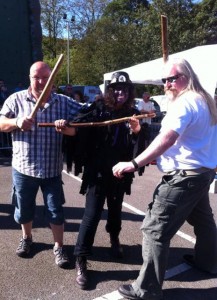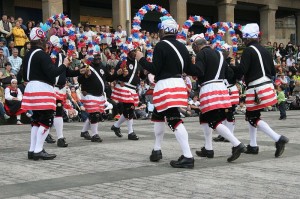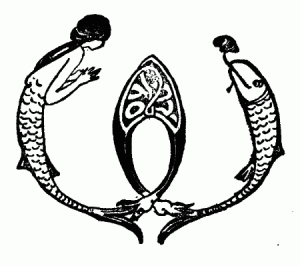The Giant of Sessay
The Darrel family owned Sessay (a small Yorkshire village around 4 miles from Thirsk) from the end of the 12th century to the days of Henry VII. It was during reign of that king, that the three sons of George Darrel died without fathering heirs, the manor therefore passed to his daughter — a strong-minded young woman, named Joan.
Taking advantage of the lack of a lord to defend the manor an evil giant took up residence in the woods around the village. He was a huge brute in human form — legs like elephants’ legs, arms of a corresponding size, a face most fierce to look upon, with only one eye, placed in the midst of his forehead; and a mouth large as a lion’s, garnished with teeth as long as the prongs of a pitchfork.
His only clothing was rudely fashioned from cow hides; while over his shoulder he carried a stout young tree, torn up by the roots, as a club.






















































































